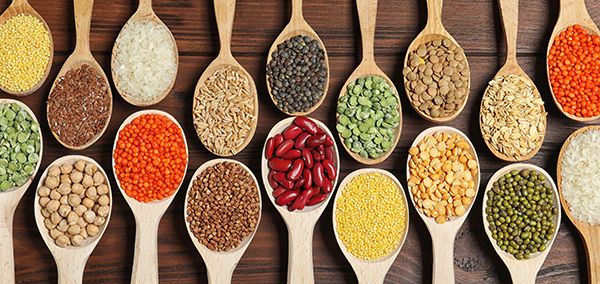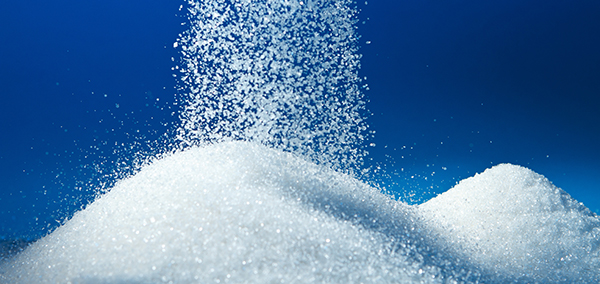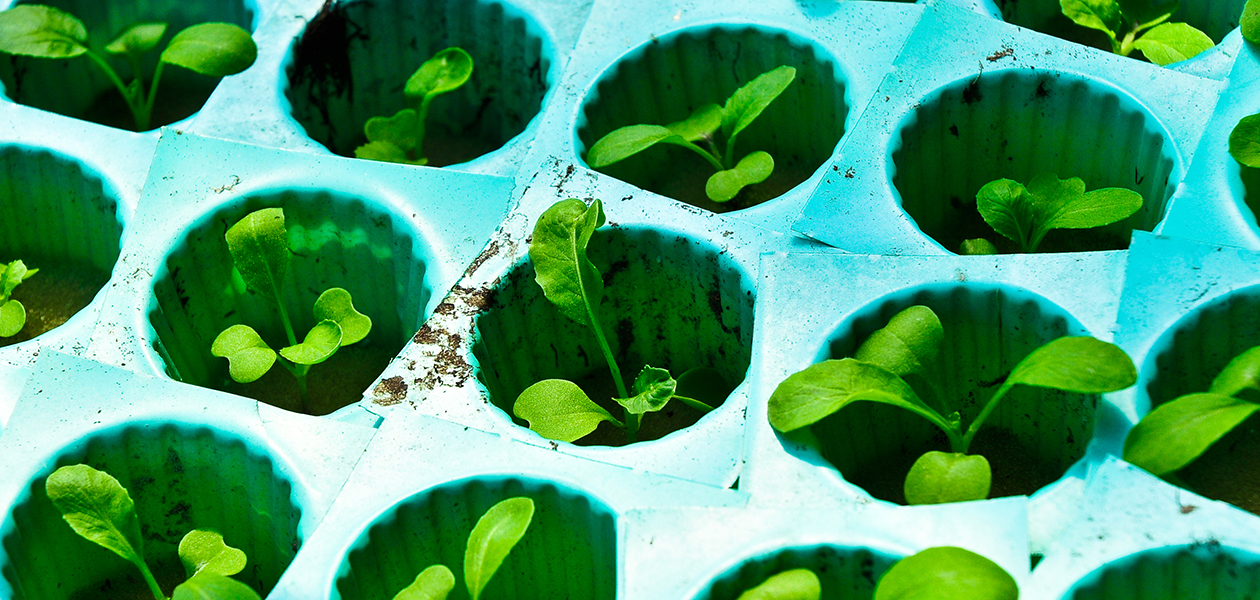Transforming the food (value) chain
Innovative technologies are changing how food is produced, eaten and finally, recycled.
In today’s time-starved culture, our interactions with food are briefer than ever before. By opting for the convenience of meals delivered to our doorstep, we have given up a large part of the culinary experience: selecting ingredients, planning meals and finally, executing recipes. Even then, all this activity represents only one touchpoint along the entire food value chain.
Large, hidden networks exist both upstream and downstream of the consumer experience. Agriculture and food processing work behind the scenes to bring food to the market, while waste management deals with the aftermath downstream of consumption. From farm to fork, the global food system is a vast network encompassing farmland, factories, restaurants and more.
The TechOffers this month features three new technologies that add value at different steps along the food chain. From a computerised breeding technology to a healthier sugar alternative, these innovations are changing the way we produce, handle and eat food.

Sowing superior seeds
The entire food value chain begins with agriculture. Most of the produce we see today—from fleshy fruits to high-yield crops—has been rigorously selected for traits like size or flavour. While the process of breeding for specific traits, or artificial selection, has been practised for thousands of years, it remains slow and imprecise.
To make plant breeding faster and more accurate, a company has developed a computational breeding technology for producing seeds. The technology contains a unique genomic database used to identify regions of DNA associated with desired traits. This information is then processed using a proprietary algorithm, which computationally optimises the artificial selection process.
This plant breeding technology is compatible with seed-producing plants such as soy, quinoa and other legumes. It also enables the development of seed varieties with superior nutritional or functional profiles. By speeding up the selection of desirable traits and making it more cost effective, the technology gives users an advantage over competitors that rely on traditional plant breeding methods.

Catering to consumer choices
At the centre of the food value chain is the consumer, whose changing tastes dictate demand. A 2018 report by the World Business Council for Sustainable Development found that more people are looking to eat healthier, growing the market for certain kinds of food such as products low in sugar. In particular, the excessive consumption of table sugar has been linked to obesity, a major gateway to diabetes.
Reducing sugar intake is not the only solution. A rare sugar, allulose (ᴅ-allulose) presents a low-calorie alternative to table sugar. Found in food like jackfruits or figs, allulose has a similar taste and texture to table sugar, despite containing only 10 percent of the calories. Allulose could also prove to be beneficial for diabetics, as there is currently no evidence that it affects blood sugar or insulin levels. Till date, production for allulose is not optimised which makes it very costly for industrial-scale production of the rare sugar.
A novel, fermentation-based approach has been developed to produce allulose more efficiently. The process produces valuable by-products like lactic acid—a component common in milk products like yoghurts—and probiotics. As a potential replacement for table sugar, allulose can be used in beverages, candies and pastries. Allulose could also be incorporated in health supplements as it possesses therapeutic effects against both high blood sugar and fat levels.

Closing the food waste loop
While consumers may drive demand, they are not the end of the food value chain. Processing waste produced by food production and consumption is equally important. According to a report from the Food and Agriculture Organisation of the United Nations, approximately 1.6 billion tonnes of food—equivalent to US$750 billion—are wasted annually. Clearly, the food industry cannot be made sustainable without addressing the problem of food waste.
Fighting against the food waste crisis is a technology that repurposes solid food waste and by-products into edible food. The technology uses steam to sterilise and transform feed-grade insoluble fibres into food-grade soluble fibres. The process also destroys antinutrients—plant compounds that interfere with nutrient absorption.
Using this innovation, food waste from sources such as potato peels, defatted seeds or wheat bran can be converted into crackers, pasta, baked goods and more. The ‘recycled’ ingredients are high in protein and fibre content, making the food products they are processed into more nutritious. In addition, this food conversion process is inherently sustainable—it helps to feed more people without consuming water and occupying land that would be required to grow additional crops.

